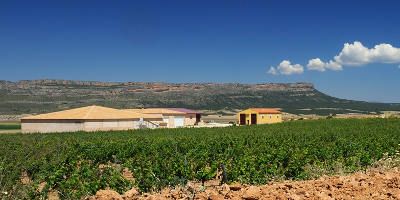| Type | Red wine |
|---|---|
| Region | |
| Grapes | |
| Producer | |
| Allergens | Contains sulfites |
| Alcohol contenti | 15.5% |

Spec sheet
The wine
What does this wine taste like?
| Light | Bold | |
|---|---|---|
| Smooth | Tannic | |
| Dry | Sweet | |
| Soft | Acidic |
View | Intense / Opaque / Dark Picota cherry |
|---|---|
Bouquet | Liquorice / Indian ink / Blackberry jam |
Mouth | Silky / Lovely tannins |
Drinking and storing
Serve between 14ºC and 16ºC
Food pairing
Wild mushroom risotto / Iberian pork secreto / Wild boar
Ratings and awards
| 2022 | 92 PK |
|---|---|
| 2021 | 91 PK |
| 2020 | 92 PK |
| 2019 | 91 PK |
| 2017 | 91+ PK |
| 2016 | 90 PK |
PK: Parker
Wine critics reviewsReviews by Parker
Customer reviews
Winemaking
| Ageing period | 12 months |
|---|---|
| Type of wood | French oak |
Vineyards
| Soil | Sand / Limestone |
|---|
The winery
Bodegas Atalaya

The Bodegas Atalaya Project has arisen out of the combined efforts of the Gil Family Estates and the López family from El Pilar de la Horadada. In a little-known region, situated between the Murcian denominations, Manchuela and Valencia, a serious commitment was shown right from the start to working with old vines of indigenous varieties (Garnacha Tintorera and Monastrell), with the aim of elevating the Almansa DO through its historic grapes. Thus, back in 2007, the first...





















